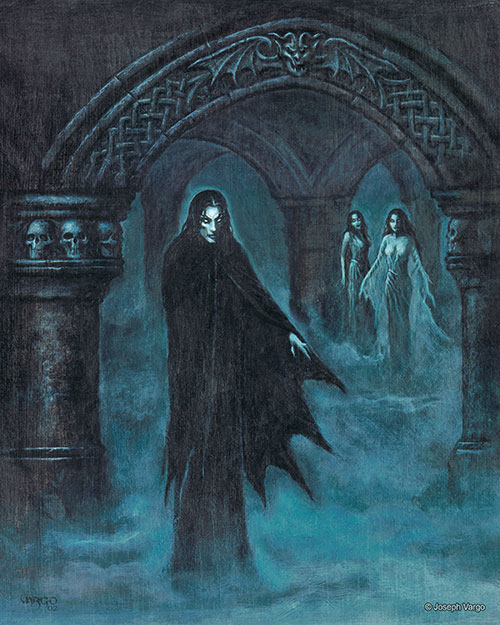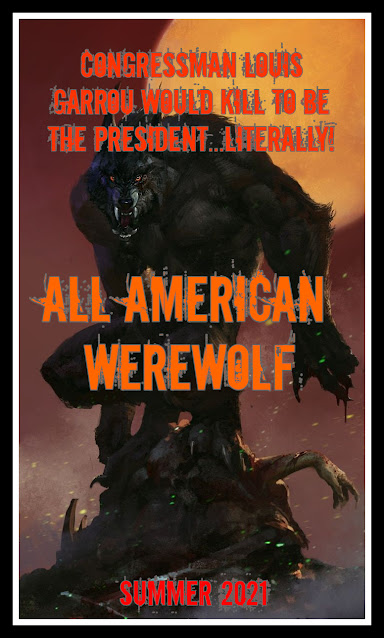Vampires
Vampires are another one of those foul, evil creatures that appear throughout history and in every culture in one way or another.
In ancient Persia, blood-sucking creatures that attacked people in the night were thought to be some kind of demon or some other evil spirit -- which is fairly close to the truth, as I will reveal in time. The ancient Babylonians had the Lilitu while the Greeks had Empusa, which we would understand as alluring female vampires. Meanwhile, ancient India had the Vetalas, which were more like ghouls, and Indonesia has the Manananggal, a beautiful older woman who, at night, separates her upper body from her lower half and sprouts bat-like wings in order to feed on the blood of unsuspecting victims.
Other stories can be found in cultures all around the world and through different time periods. The idea of an undead creature connected in some way to demonic power has been part of the human psyche since long before humans wrote, so it is fair to say that vampires long have haunted -- and hunted -- humans.
But as so often happens when different cultures all across the world experience the same phenomenon, these stories those cultures develop each have a nugget of the truth while missing the details wildly. Luckily, I'm here to set the record straight.
One thing I want to set straight right off is the nature of a vampire. In many recent stories they've been written to appear like sympathetic misfits trapped in a baleful existence they shun, or as reluctant heroes, or even -- may God save us all! -- as teen heartthrobs. They are none of these things. They are foul undead creatures empowered by demonic will who happily feed on humans. While some may do so in such a way as to only harm the evil, none are free of this mandate: vampires hunt and feed on humans. And for the love of God, they don't sparkle!
In my book, The House on Blackstone Hill, I actually don't have much to say about vampires, only:
Vampires and werewolves are also very real, and for as horrifically terrifying as they are normally portrayed to be in modern culture, they are far more so in real life. More on them later as well.
The reason for this is because many of the well-known details of vampires is actually quite right, while many others are wildly wrong. I will, of course, go into great detail about these differences at the right time, which this is not.
Suffice it to say for now that vampires are more terrifying than even the stories you're familiar with would lead you to believe and that they're far more numerous. Many stories, modern and ancient, suggest the observant person would be able to note there is something off about a person and thereby become suspicious about them being a vampire. Aside from a few small quirks -- such as requiring to be invited into a home as well as never eating food -- vampires exist side by side with you every day.
So what this means is that your neighbor, your favorite shop owner, perhaps even your spouse, could easily be a vampire and you'd never know. You'd never know, that is, until they decide to sick their sharp fangs into your neck and feed off you, leaving your body a dried husk utterly drained of every drop of blood.




Comments
Post a Comment